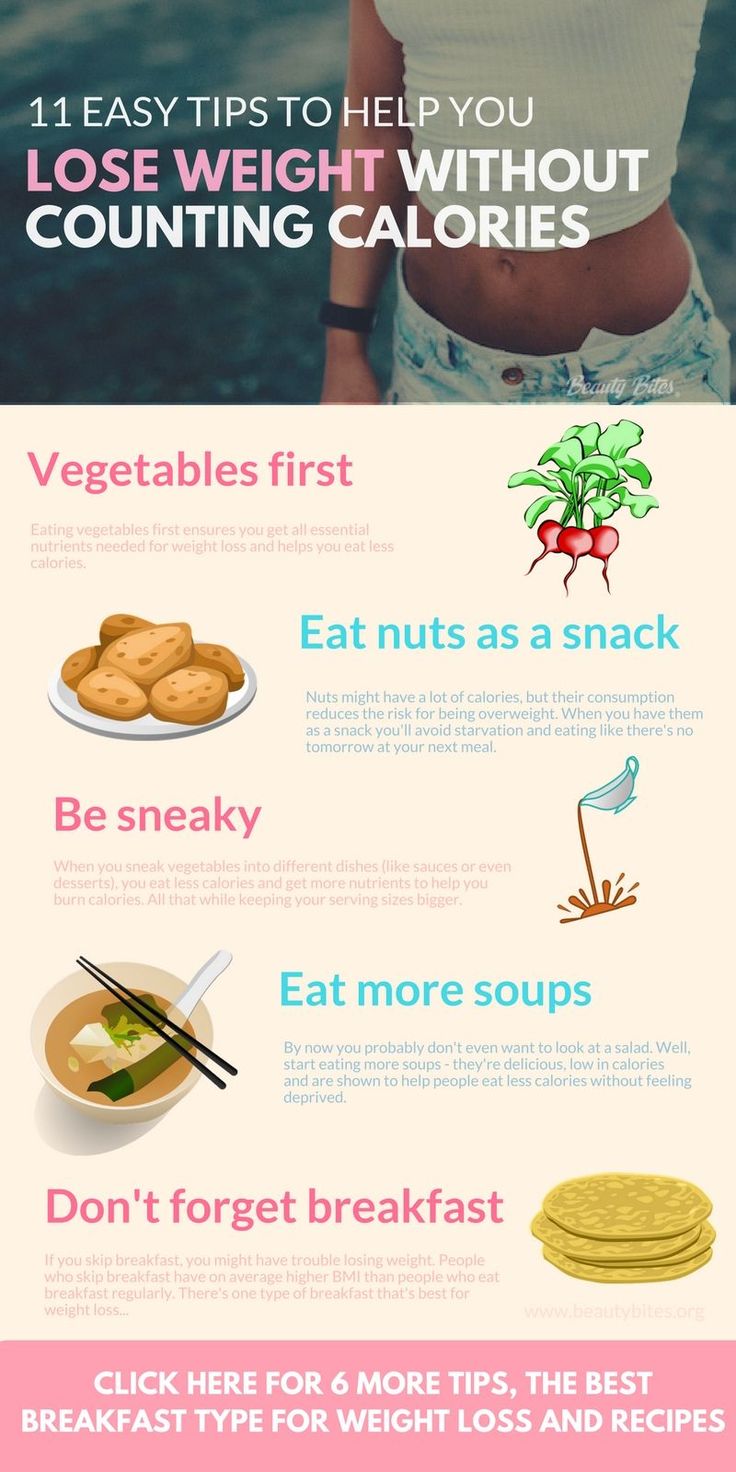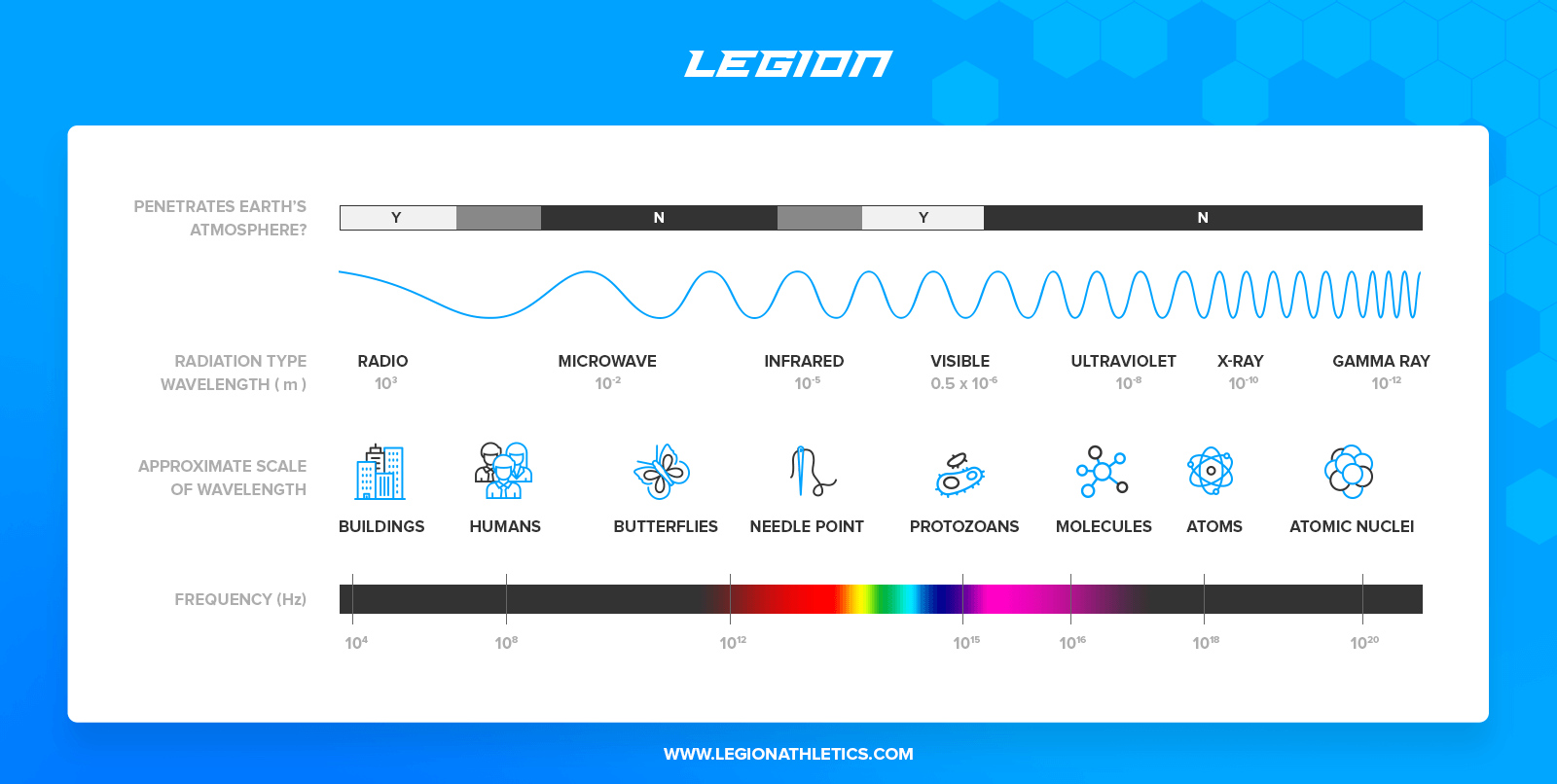
First, you need to evaluate the foods you eat in order to lose weight after menopause. This means that you need to look at portion sizes and the food that you purchase. You should also keep a food record. It will be helpful for you to see if there are any habits that are contributing to your weight gain during menopause.
Exercise
If you want to lose menopause weight, you must exercise for at least half an hour per day. This will burn about 400 to 500 calories per session. Various forms of cardiovascular exercise are good options, including brisk walking, running, dancing, and swimming. You can also get a friend or colleague to join you for a workout and plan a date. According to research published in the British Journal of Health Psychology, social support can be helpful in motivating you to exercise.

Low carb diet
Carbohydrate-rich diets should be avoided by women going through menopause. This can cause a slower metabolism. A low-carb, sustainable diet is a good way to lose weight. It also helps regulate hormone balance. This type will help keep blood sugar levels down.
Iodine
Iodine, a mineral, is often used to aid women in losing weight. It can also be found in contrast agents which allow doctors to see more detail in the organs. This mineral is safe for most people to consume. There are some potential risks to this mineral, such as stomach pain and headaches. People can become allergic to iodine and have serious health issues. It's best to consult with your physician if you're unsure of your dietary needs.
Exercise reduces symptoms of menopause
The body releases hormones that regulate mood, alertness, sleep and mood through physical activity. These hormones include serotonin as well as dopamine. Exercise can be used to ease the symptoms associated with menopause.
Exercise reduces anxiety
Women often experience anxiety when they enter menopause. Exercise can help to reduce that feeling. Exercise can release endorphins (feel-good hormones), which can improve your mood and set you up for success. It helps you to sleep better and manage stress and depression. It can also help to lose weight. Fatigue is a common complaint during menopause, and exercise can help relieve that, too.

Exercise reduces fatigue
You should make plans to adjust your lifestyle as you approach menopause. To start a new exercise regime or to modify your existing one, this is an example of how you can make changes to your lifestyle. Menopause can cause side effects that make it difficult to continue your workout routine.
FAQ
What should I eat when I fast intermittently to lose weight
You can lose weight by cutting out carbs. That means cutting out bread, pasta, rice, potatoes, and other carbohydrate-based food.
Because it makes you feel fuller, you'll want to limit your intake of protein. This will ensure that you don't feel hungry as frequently.
Focus on foods rich in healthy fats like olive oil, avocado, nuts and seeds. These foods keep you satisfied even after hours of eating.
It is vital to ensure that you are drinking enough water. Water can help you lose fat by keeping you hydrated.
Sometimes you may feel compelled to eat these foods even if you're not fasting. These cravings don't necessarily mean that you should give in. You might gain more weight if you do.
Keep an eye on the amount of food you eat throughout the day to avoid overeating. You can sip water instead of reaching out for another snack when hunger strikes.
It might sound counterintuitive at first, but it has been shown that this can help you slim down. A study published online in Obesity revealed that people drank more plain water than they did sugary drinks.
Consuming water plainly also helped to decrease hunger. So if you really want to lose weight, skip the sweetened beverages and stick to water.
You don't have to eat every calorie or avoid certain foods if you are trying to lose weight. Instead, make small lifestyle changes.
Start by switching your regular breakfast sandwich for a bowl oatmeal. Try swapping your afternoon cookie to a piece or fruit.
These simple swaps can add up over time to help you shed excess weight without spending hours in your kitchen.
What Amount of Weight Can You Lose In A Week?
The amount of weight you can lose depends on your current body fat percentage. First, calculate how much weight your goal weight is and then determine what your BMI (Body Mass Index). Your BMI tells us how much weight you should lose in order to achieve this goal. If your BMI is 25 or greater, you're overweight. If your BMI is 30 or higher, you're obese.
For example, let's say you have a BMI of 28.7 and are 200 pounds. This means that you'd need to lose around 70 pounds to get down to a healthy weight range. To see if you're overweight, visit www.healthyminds.com/bmi/.
This formula can be used to calculate how many pounds you will lose each week once you have determined your BMI.
(Your Goal Weight - Current Weight)/BMI * 7 Number Of Pounds Lost Per Week
You would need to do 2 weeks of exercise to lose 50 lbs in one month. This is equal to 56 days. Divide that by 7 pounds per week. That works out to 8.3 pounds lost per week.
You could also try this calculator from www.weightlosscalculator.net. It provides an estimate of the number of calories you should consume each day to lose 12 pound per week.
How often are people quick?
Most people who adhere to a ketogenic lifestyle fast only once per week. Some people fast twice weekly. Others fast three times a week.
The length of each fast varies too. Some people fast for 24 hours, whereas others fast for 48 hours.
Some people even go longer than 72 hours. These extreme cases are rare.
What is the best exercise for weight loss?
Many factors influence how much exercise is needed to lose weight, such as age, gender, body size, and weight. However, the majority of people require at least 30 minutes of moderate exercise five days a week.
The American College of Sports Medicine recommends that you do 150 minutes of moderate intensity aerobic activity per week. This should be spread over three days.
For example, if you want to lose 10 pounds, aim to do 300 minutes of moderate-intensity exercise each week. This includes activities like jogging or running, swimming laps and biking.
If you're just starting out, consider doing 20 minutes of vigorous activity thrice weekly. These activities could include sprints and lifting weights.
Aerobic exercise is a great way to burn calories and build muscle mass. Muscle burns a lot more calories than fat. So building muscle can help you lose weight faster.
Statistics
- Among women, the increase in metabolic rate was nearly 4%, or 50 more calories per day (14Trusted Source (healthline.com)
- According to Harvard Health, it's estimated that a 155-pound (70-kg) person burns around 167 calories per 30 minutes of walking at a moderate pace of 4 mph (6.4 km/h) (5). (healthline.com)
- A 12-week study in 20 women with obesity found that walking for 50–70 minutes 3 times per week reduced body fat and waist circumference by an average of 1.5% and 1.1 inches (2.8 cm), respectively (healthline.com)
- It's estimated that half of all American adults attempt to lose weight every year (1Trusted (healthline.com)
External Links
How To
How to Intermittent Fasting
Intermittent Fasting is a method of dieting where you only eat one meal per week, typically Monday through Friday. The idea behind this is to reduce your overall calorie intake while still getting adequate nutrition. It's believed that this helps burn fat faster than if you were eating normal meals throughout the entire week.
The most popular form of IF is to limit calories to certain days. This means you could skip breakfast every morning and still eat what you want the rest of the week. You could also choose three small meals instead of two large meals per day.
You can choose from many different types of intermittent fasting such as alternate day fasting (alternative day fasting), 5/2 fasts (8/4 fasts), 16/8 fasts, and so on. Each form of intermittent fasting comes with its own pros and cons. Because you don't need to make major lifestyle changes, alternate day fasting can be the easiest way to get started. But, there are some people who find it hard to follow such a strict schedule. These people might prefer to try different methods.
If you're looking to start an intermittent fasting routine, I recommend starting with alternate-day fasting. This will allow for gradual transition to more extreme fasting without having to change your lifestyle.